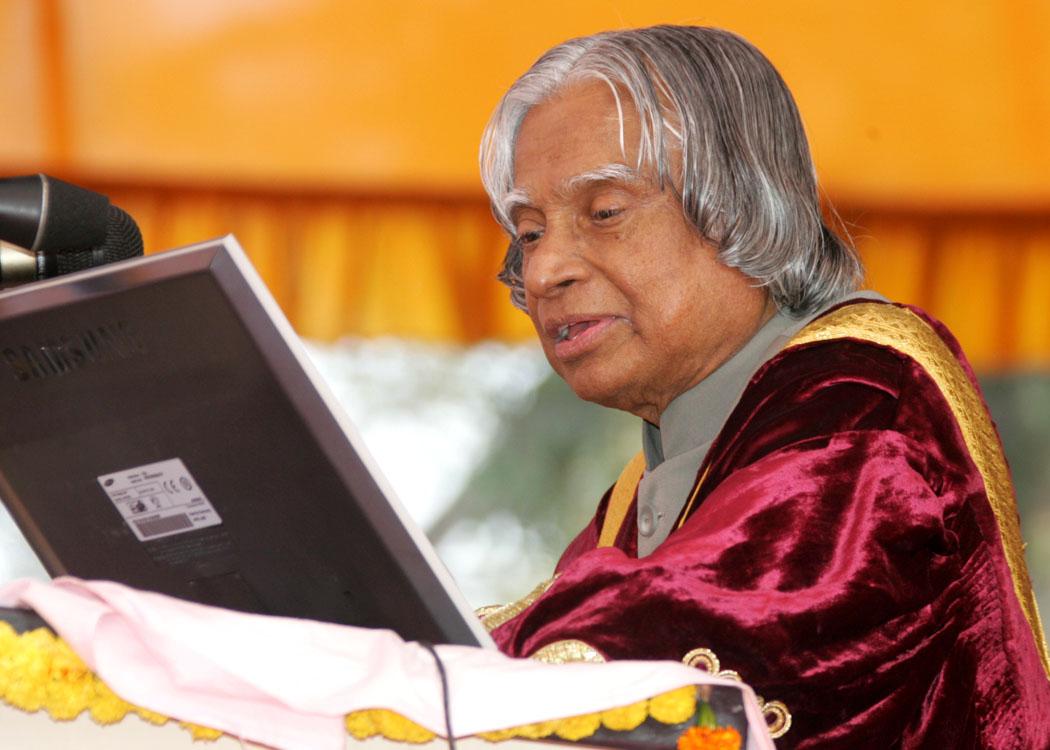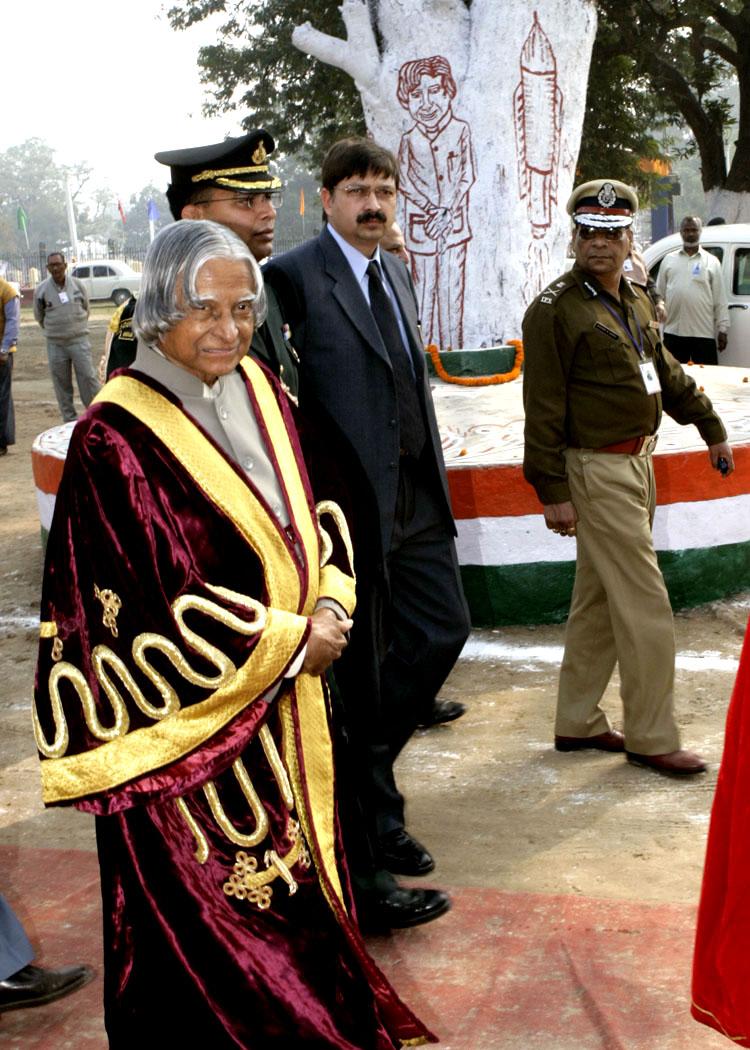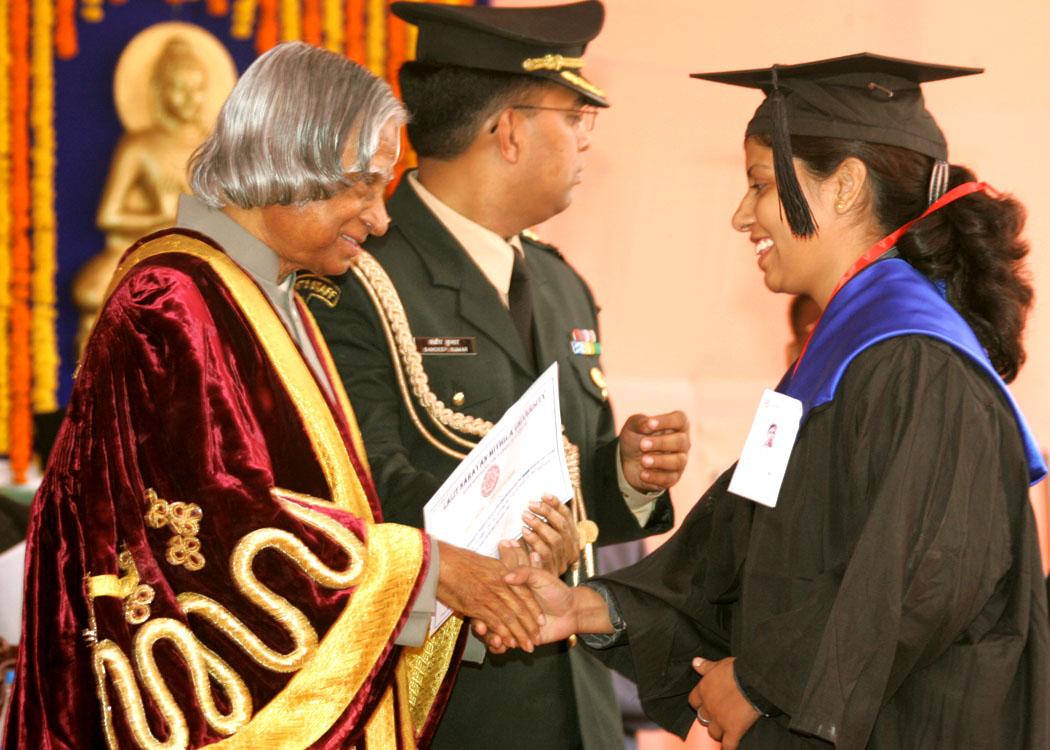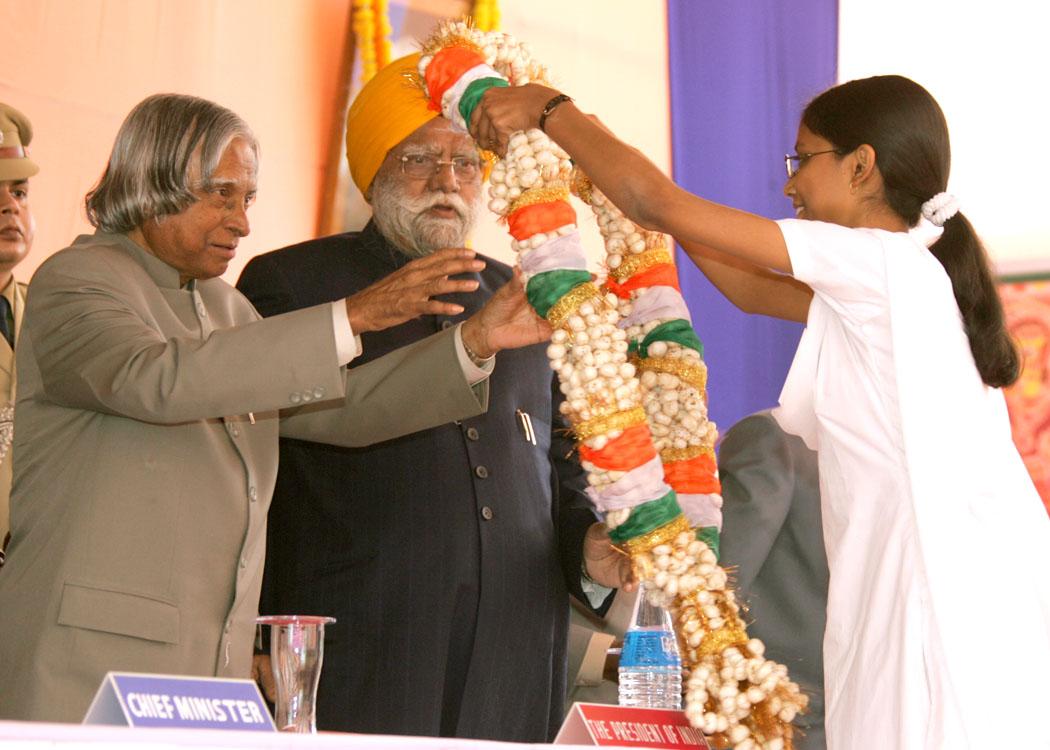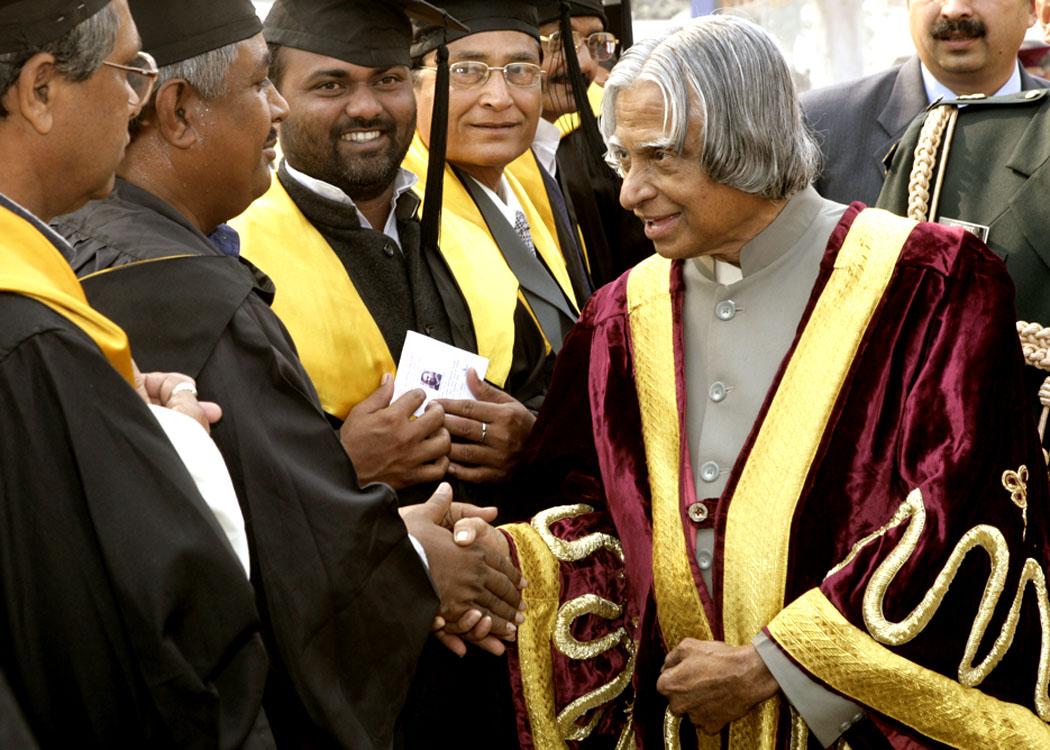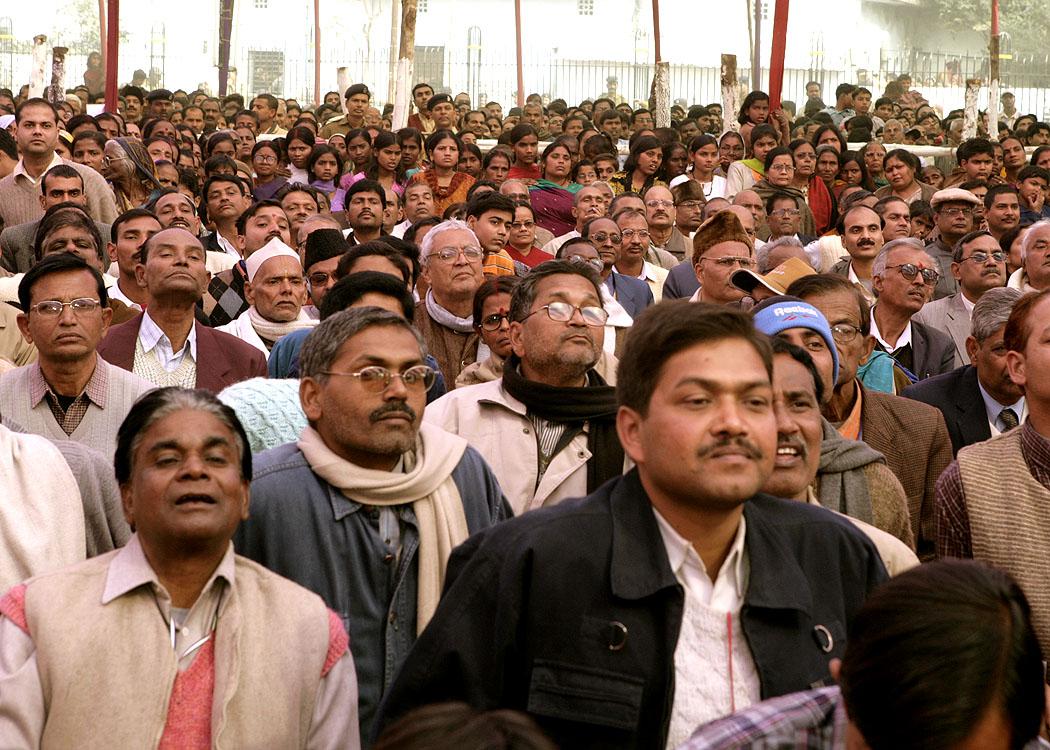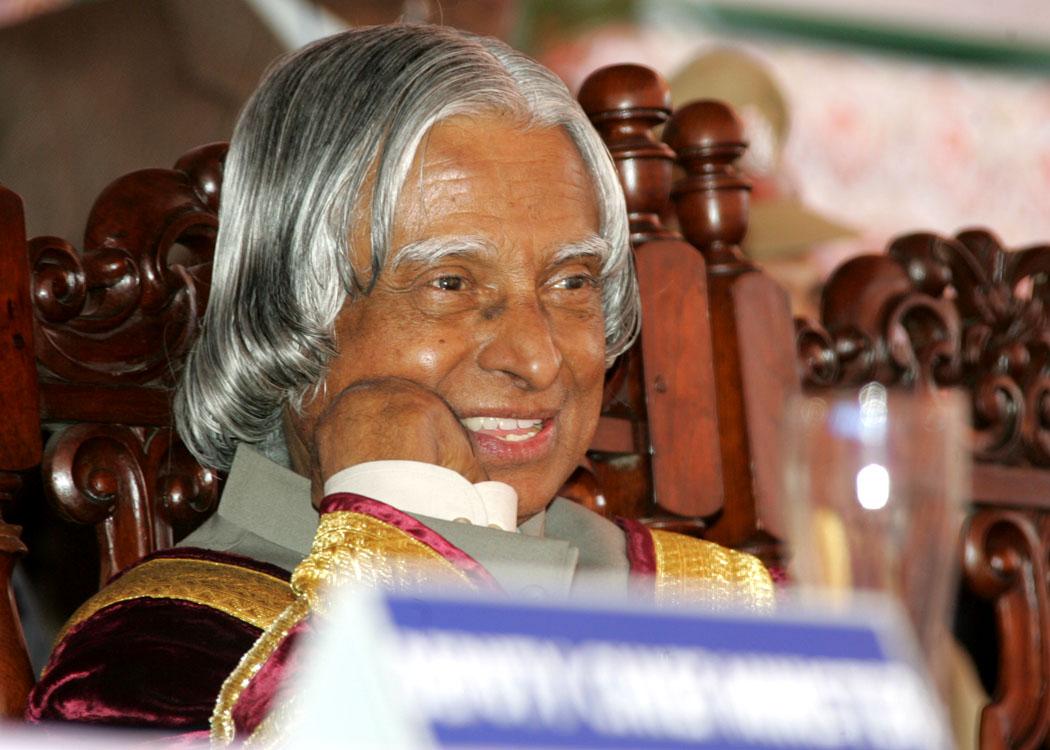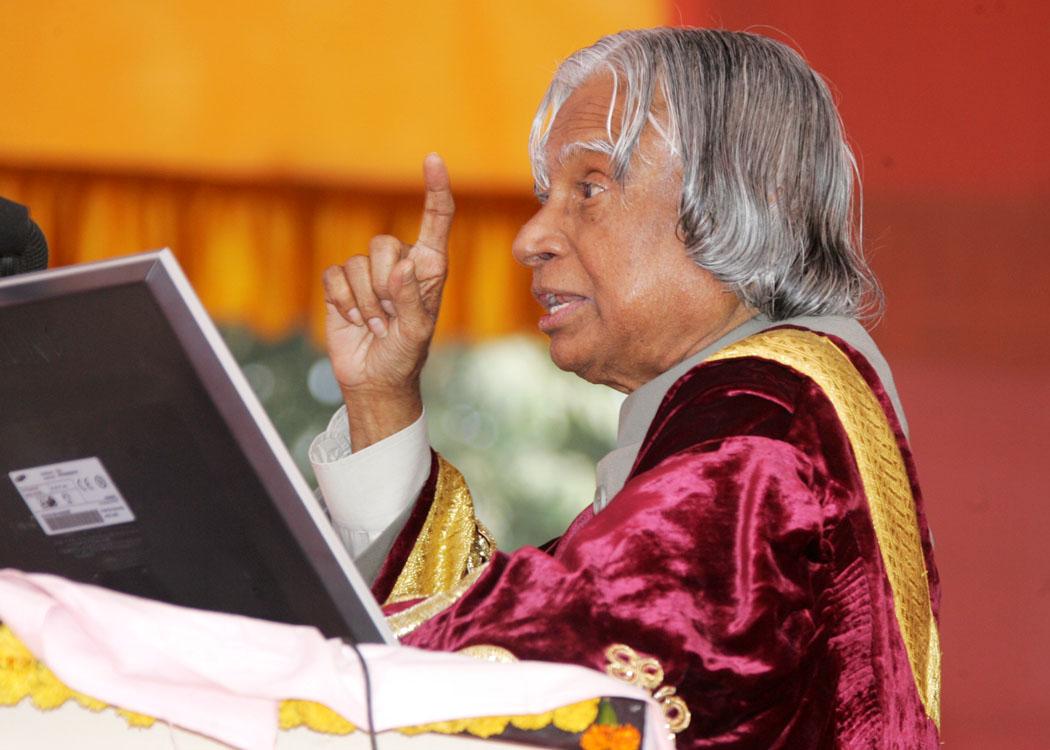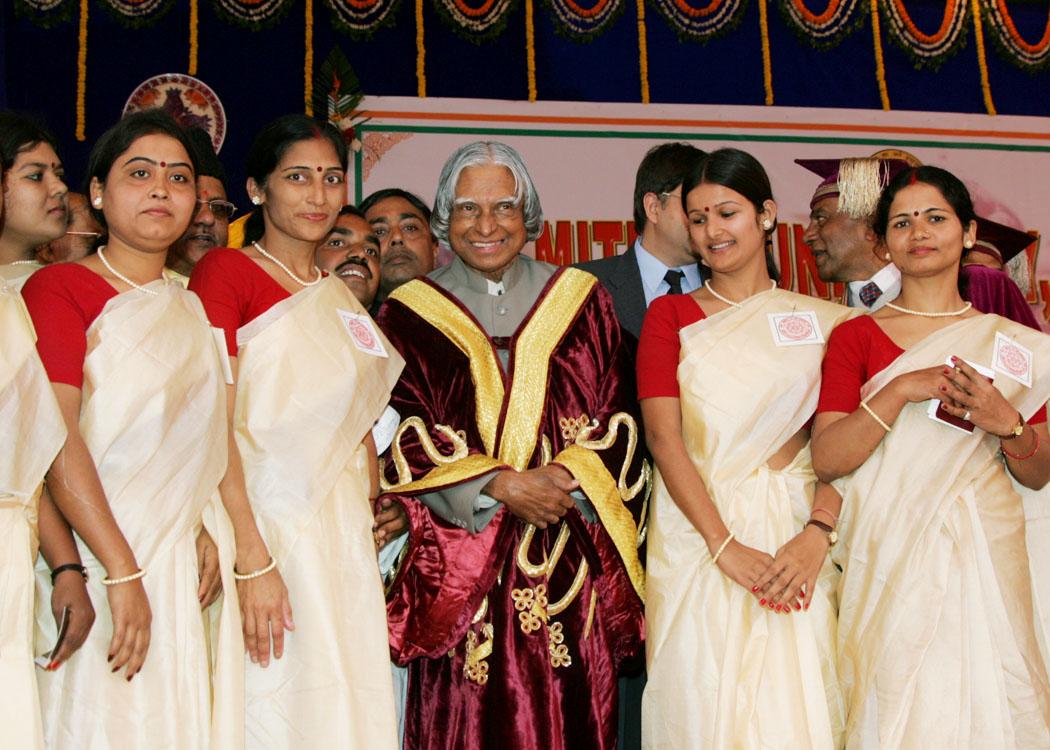Convocation Address Lalit Narayan Mithila University And Inauguration Of The Women's Institute Of Technology, Darbhanga
Darbhanga : 30-12-2005
Empower the Youth to become Entrepreneurs
I am indeed delighted to participate in the annual Convocation of the Lalit Narayan Mithila University and the Inauguration of the Women?s Institute of Technology (WIT), Darbhanga. I congratulate the graduating students for their academic excellence. My greetings to the Chancellor, Vice Chancellor, Faculty Members, students and staff members of the University for shaping the students for meeting the challenges in life. During the last thirty three years this University has been meeting the higher education needs of the districts of Darbhanga, Madhubani, Samastipur and Begusarai. I would like to talk to you on the topic "Empower the Youth to become Entrepreneurs". First let me talk about our national mission.
Our National mission - challenges
Our nation is going through a major challenge of uplifting of 260 million people who are below the poverty line out of our billion population. Also we have to give better life for many millions who are on the border line of poverty or just above the poverty line. They need a decent habitat, they need work with reasonable income, they need food, they need speedy access to health care, and they need education and finally they need a good life and hope for a better future. Our GDP is growing at more than 7% per annum on an average. Whereas, the economists suggest that to uplift the people from below the poverty line, our economy has to grow at the rate of 10% per annum consistently, for over a decade.
Integrated action: To meet the need of one billion people, we have the mission of transforming India into a developed nation. We have identified five areas where India has a core competence for integrated action: (1) Agriculture and food processing, (2) Education and Healthcare, (3) Reliable and Quality Electric power, Surface transport and Infrastructure for all parts of the country, (4) Information and Communication Technology (5) Strategic sectors. These five areas are closely inter-related and if implemented in mission mode, will lead to food, economic and national security of our country.
Engines for Growth: Emphasis should be on full utilization of natural and human resources of the nation to meet the demands of the modern society. We should also remember that about 50% of our population consists of young people with aspirations for better living. Value addition in Agriculture, Manufacturing and Service sectors, building the national core competence and technologies will lead to additional high income employment potential. The engines for growth will be accelerated by launching of the five national missions viz. water, energy, education and skills, infrastructure and employment generation. In totality of these five missions will enable achievement of 10% GDP growth rate per annum. It is possible to do so with ecological and economic sustainability. It is not the mission of governments. It is a collective effort of big and small businesses, science and technology and academic institutions, foreign investors, and many others who have confidence about India. Engines for Growth: Emphasis should be on full utilization of natural and human resources of the nation to meet the demands of the modern society. We should also remember that about 50% of our population consists of young people with aspirations for better living. Value addition in Agriculture, Manufacturing and Service sectors, building the national core competence and technologies will lead to additional high income employment potential. The engines for growth will be accelerated by launching of the five national missions viz. water, energy, education and skills, infrastructure and employment generation. In totality of these five missions will enable achievement of 10% GDP growth rate per annum. It is possible to do so with ecological and economic sustainability. It is not the mission of governments. It is a collective effort of big and small businesses, science and technology and academic institutions, foreign investors, and many others who have confidence about India.
With these aspects in view, we have already laid down the road map. The priority for the government is to convert the road map into various missions. It is to be done in a decentralized manner allowing a greater role for private enterprise and local initiatives. While converting the vision into different missions we seem to have many thoughts and variety of routes to reach the goal. This is where there is a need to have a coherent thinking among all the members of the society, including the legal and law enforcement agencies. All of us have to think that the nation is greater than an individual or an organization. All of us should believe, that ?we can do it?.
National Missions and opportunities
Let me discuss some of the national missions that India is giving thrust for achieving sustainable economic development for all the regions of the nation. I am sharing these missions with the members of the Lalit Narayan Mithial University, so that you can assist in planning the participation of Bihar in the national development process. First, I would like to discuss about PURA.
Providing Urban Amenities in Rural Areas (PURA)
The number of PURA units for the whole country is estimated to be 7000. This envisages integrated connectivities to bring prosperity to rural India. These are - physical connectivity of the village clusters through quality roads and transport; electronic connectivity through tele-communication with high bandwidth fiber optic cables and wireless for last mile to reaching the rural areas from urban cities and through Internet kiosks; and knowledge connectivity through education, vocational training for farmers, artisans and craftsmen and entrepreneurship programmes. These three connectivities will lead to economic connectivity through starting of enterprises with the help of banks, micro credits and marketing of the products.
Each PURA cluster will connect about 20 villages depending upon the region and population and will cost about Rs.100 crores (~$20 Million). After initial short-term employment during construction etc., we have to plan for initiating actions for providing regular employment and self employment opportunities in nationally competitive small enterprises in agro processing, manufacturing and services sectors for about 3000 people. If the industrial/business parks are marketed well, they can generate employment opportunities in support sector for about 10,000 people in that cluster. This will provide sustainable economy for the rural sector. In this national mission, bankers can promote entrepreneurship in the rural areas. This will lead to the removal of urban-rural divide. This experience can become a model for other countries to follow.
PURA as an Enterprise: A large number of banks have entrepreneurial development programmes. Banks have also been funding Small Scale Industries of different types in various regions. The small scale industrialist is a promising candidate for becoming the chief executive for managing the PURA complexes in an integrated way. PURA enterprises can also undertake management of schools, health care units, vocational training centres, chilling plants, silos and building a market, banking system and the regional business or industrial units. A new mission mode management style has to emerge for PURA enterprises. It should not be looking for protective legislations to support them. Rather they should be efficient to compete with others. This new PURA enterprise needs partnership from the bank, educational institutions, the Government and also the private entrepreneurs. Educational institutions can train the entrepreneurs for managing the PURA in colleges and the banks can provide loans to the entrepreneurs for creating and running PURAs as a business proposition.
Since this University has started a Women Institute of Technology, I would like to share with you a PURA Model which has been nurtured by a Women?s Engineering College at Vallam, Thanjavur District of Tamil Nadu.
Periyar PURA
This PURA Complex covers 65 villages near Vallam, Thanjavur district of Tamilnadu involving a population of 3 lakhs. This PURA complex has all the four connectivities - physical, electronic and knowledge - leading to economic connectivity. The centre of activity emanates from the women?s engineering college that provides the electronic and knowledge connectivity. I understand that now five of the Periyar PURA villages have been connected with Wi-MAX connectivity. Periyar PURA has health care centres, primary to post graduate level education and vocational training centres. This has resulted in large scale employment generation and creation of a number of entrepreneurs with the active support of 850 self-help groups. Two hundred acres of waste land has been developed into cultivable land with innovative water management schemes such as contour ponds and water sheds for storing and irrigating the fields. All the villagers are busy in cultivation planting Jatropha, herbal and medicinal plants, power generation using bio-mass, food processing and above all running market centres. This model has emanated independent of any government initiative. The committed leadership has been provided by a Women?s Engineering College.
As you are aware, Bihar has 45,000 villages with nearly seventy million people living in these villages. This will need creation of nearly 600 PURAs in the whole of Bihar. Lalit Narayan Mithila University can study the entire state of Bihar and work out the configuration of the economically viable PURAs. Lalit Narayan Mithila University may undertake establishment of PURA cluster in Dharbanga district in partnership with Government, NGOs and private on the lines of Periyar PURA. In the case of Bihar, since large numbers of farmers are depending on agriculture, agro processing is an important area of rural development which should become part of each one of the PURAs. These PURAs can be run by the graduates passing out from Lalit Narayan Mithila University.
Agriculture and agro food processing
As you all are aware, India is now producing about 200 million tonnes of food grains, as a result of the first green revolution piloted by the political leadership of Shri C. Subramaniam, the scientific leadership of Dr. M.S. Swaminathan and willing farmers. India has now embarked on Second Green Revolution which will enable increase in productivity and diversification of the agricultural sector. The second green revolution will have the farmers in focus, farming technology as the friend, food processing and marketing as partners and the consumers as customers. From now on to 2020, India will gradually increase the production to around 400 million tonnes of grains. The increase in the production will have to be done under the reduced availability of land from 170 million hectares to 100 million hectares with reduced water availability. We should also learn to diversify to meet specific consumer preferences, export markets and also in the interest of ecological balance. This is to be achieved through information access to all stakeholders and not with central controls or restriction of movements of agro products.
In addition to this, there is a large potential in medicinal, floriculture and aromatic plants in view of the large bio-diversity potential of India. We have to aim at one billion dollar export potential for all the three areas including orchids which can grow naturally in certain districts of Bihar. Now I would like to discuss interlinking of rivers which is very essential for Bihar.
Interlinking of rivers
Interlinking of rivers is essential for controlling floods and droughts, for making drinking water available to all regions, for transporting goods and navigation, for generating more cultivable land and generation of Hydel power. And above all the networking of rivers will lead to environmental upgradation and national connectivity.
Science and Technology can surely help in executing such missions. India has its own remote sensing satellites and their applications will help in large-scale survey from the source and river flow pattern at various seasons. Optimum water routes, mapping of the environmental profile can be evolved using virtual reality through satellite and aerial imageries. The remote sensing satellites, which has been launched namely CARTOSAT-I will give extensive mapping and infrastructure for executing the interlinking of rivers. The defence and nuclear technologies can be considered for the creation of series of canals and pumping stations in mountain areas. This mission will have to enlist all the connected departments of government, industries, academic and research institutions. The interlinking of river mission is particularly important for Bihar since North Bihar is flooded as soon as Kosi river is in floods. It is only in 2005 we did not have this situation when floods were experienced by many other States. To permanently eliminate the problem of floods I would recommend departments of Lalit Narain Mithila University to study the flood patterns which have occurred during the last 30 years and prepare a long term plan for containment of flood. In the Gangetic plain, I would recommend the construction of layered wells in the entry points of Kosi river from Nepal. These layered wells will store the floodwater at different levels and will control the devastating effects on low-lying areas. The water thus stored will be useful during shortage period. A multi disciplinary team from this University consisting of students and staff could be nominated for this purpose.
The PURA enterprises, agriculture and agro-processing industries and interlinking of rivers will generate large scale entrepreneurial and employment opportunities for the graduates and post-graduates completing their education from this university.
Employment Generation through entrepreneurship
There has been substantial growth in our higher educational system and we are generating over 3 million graduates every year. However our employment generation system is not in a position to absorb the graduates passing out from the universities leading to increase in educated unemployed, year after year. There is a large mismatch between the skills required for the modern economy and the education imparted to most of these students. In addition, economic growth and investments have not kept pace with the availability of human resources. This situation will lead to instability in the social structure. We need higher education focused on and oriented towards high value and productive employment opportunities. A three pronged strategy is needed to make education more attractive, make it skill imparting and simultaneously create employment potential ? how do we do that?
Firstly, the educational system should highlight the importance of entrepreneurship and prepare the students right from the college education to get oriented towards setting up of the enterprises which will provide them creativity, freedom and ability to generate wealth. Diversity of skills and perseverance in work makes an entrepreneur. It should be taught to all the students. In addition, college syllabi even for arts, science, and commerce courses should include topics and practical where such entrepreneurship is possible. Secondly, the banking system should provide venture capital right from every village level to the prospective entrepreneurs for undertaking new enterprises.
Thirdly, there has to be an economic pull for human resources; for example generation of marketable products and enhancement of purchasing power among the people through the implementation of national missions. The educational institutions, Government and the private enterprises should become facilitators for creating this entrepreneurship scheme through the support of the banking system and the marketing system. Entrepreneurs have to produce the competitive products for becoming successful in their missions. I am sure that many of you would explore the possibilities of becoming entrepreneurs and become the employment generators rather than employment seekers.
Conclusion
In 1952 Prof Paul Henson Appleby of the University of California in his detailed report evaluating public administration in the various States of India presented to the then Prime Minster Pandit Jawaharlal Nehru, had concluded that Bihar was the best administered State in India in 1952. Bihar has a cultural ethos which can enable you to chart a new course for its progress; what is needed is a deliberate will and an inclination to set aside short term self-destructive priorities and programmes, and evolve an agenda based on honesty of purpose, sincerity and a positive will to move ahead in every field. In this noble task, the younger generation has an extremely important role to play. You, disciplined and educated young members of the society, have to carry the future on your capable shoulders individually and collectively with single-minded devotion. I have no doubt that this is possible and when this is possible, the future is bright and certain. It should be yours for the asking. Your history has the foundation; rebuilding the future consistent with that historical magnificence will be a divine task ordained by the virtues of honesty, discipline and sincerity. Evolve a coordinated vision based on these eternal values and chart out a constructive agenda which will take the State irrevocably on the road to a brilliant all-round future. I have no doubt that all of you will devote yourselves to this noble endeavor.
Once again let me congratulate all the outgoing graduates and inaugurate the Women?s Institute of Technology in this campus. My best wishes to all the members of Lalit Narayan Mithila University for success in their mission of promoting quality education in Bihar and development of enlightened citizens.
May God bless you!

